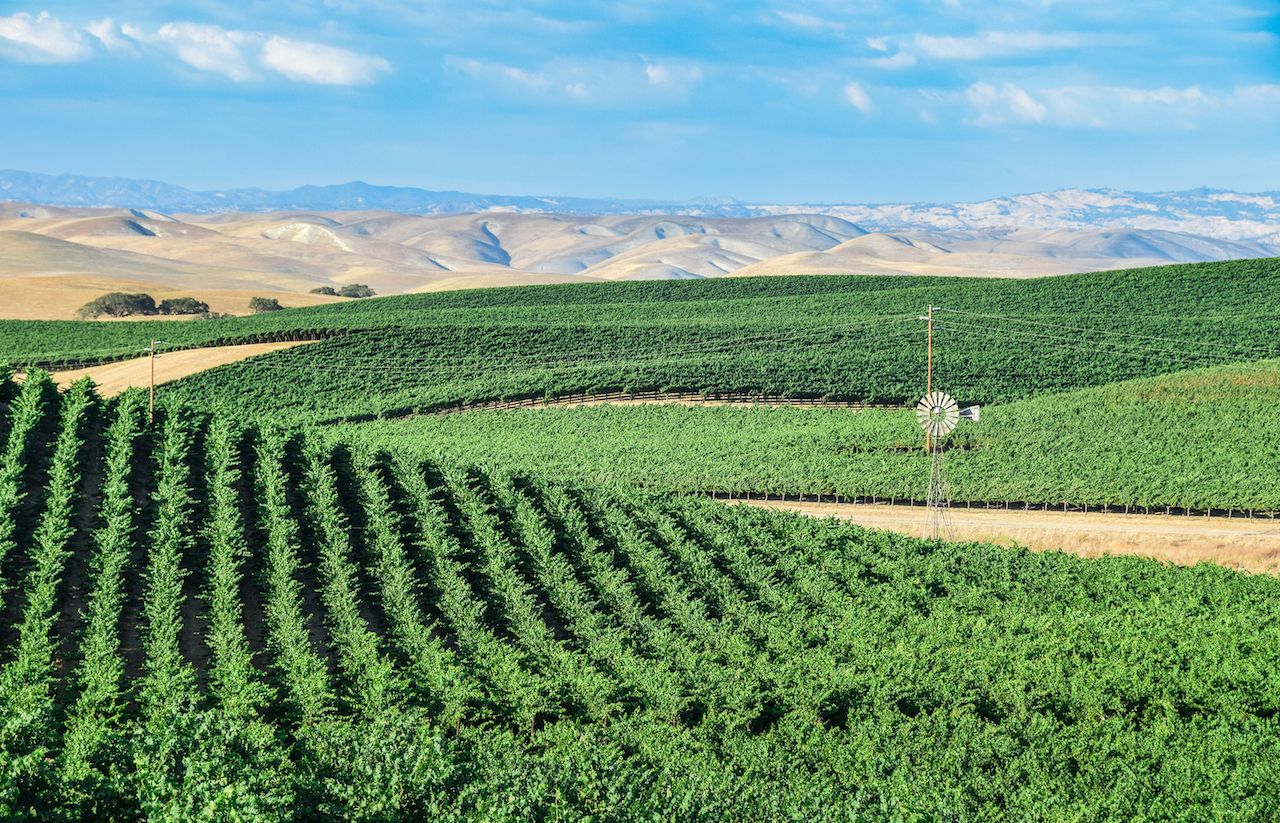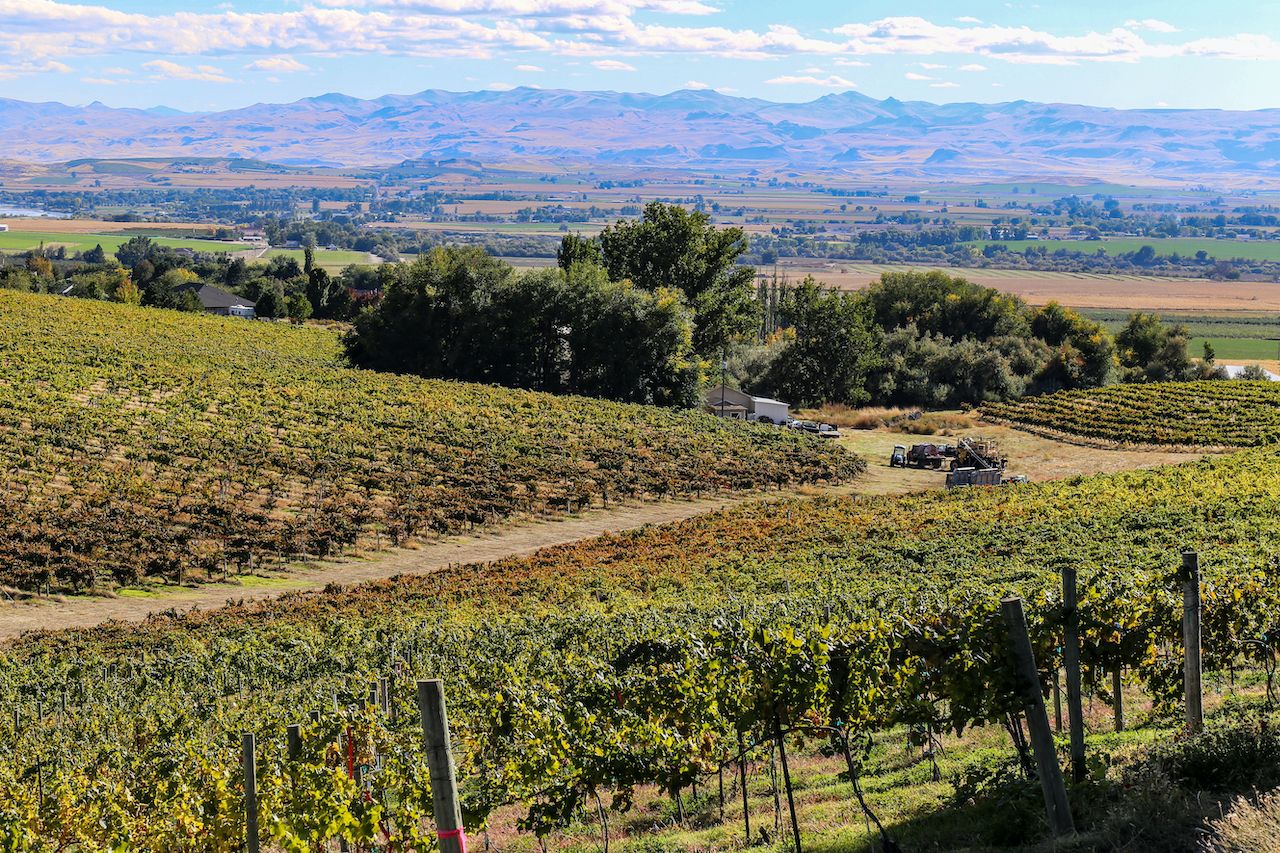The United States is a great place for wine lovers. It’s home to around 250 distinct wine regions, called American Viticultural Areas (AVAs), that are designated as special appellations for growing grapes. AVAs encompass thousands of wineries making all types and styles of wine, from balanced European-style blends to big and bold wines made from a single grape variety.
A handful of these regions have garnered international acclaim. You likely know their names — Napa, the Finger Lakes, Willamette Valley. What you might not know are the regions close by or even directly neighboring these famous wine regions. The wine isn’t the same in these nearby regions (otherwise there wouldn’t be a point for the different designations), but they’re often just as exciting to explore. So take a break from the well-known and venture out. You might just find a new favorite.



